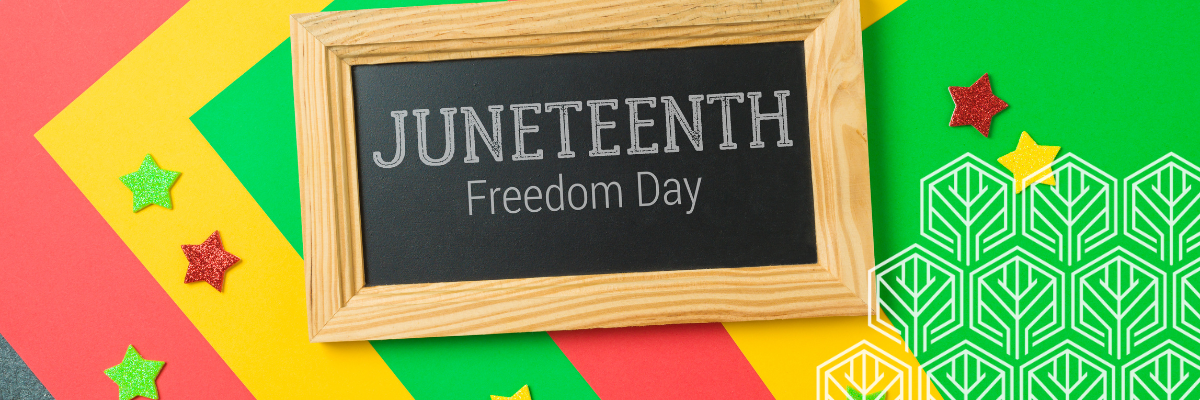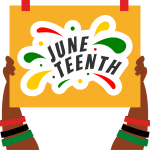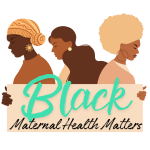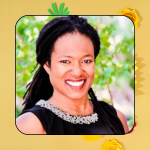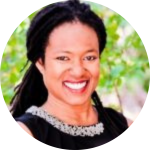Miriam Main, one of the directors of La Leche League Great Britain (LLLGB) recently resigned because she objects to the organizational directive to be inclusive of all people who lactate, regardless of sex or gender identity. Her open resignation letter explaining her decision echoes much of the feedback we’ve heard in recent years from birthworkers who disagree with our use of language such as “chestfeeding”, “birthing person” and other terms aimed at ensuring that all people who birth babies and feed infants from their mammary glands feel included and supported with the resources required to meet their feeding goals.
Her objections to trans inclusivity include:
- Women cannot be physically and emotionally open with “men” present
- Men will make LLL meetings unsafe
- It might be dangerous for men to feed babies
- Men feeding babies separates them from their mothers, causing damage to the mother-baby dyad.
November 20 is Trans Day of Remembrance. The day was founded in 1999 in protest of the murders of two Black trans women, Rita Hester and Chanelle Pickett. There is heightened tension regarding this day this year because of the US election outcome. Trans people in the US and elsewhere are deeply afraid that emboldened transphobes will be incited to violence. Further restrictions on trans people’s ability to access affirming care is likely coming. The inability to access gender-affirming care increases suicidality among trans people. While Main claims that she is not anti-trans rights, unfortunately, rhetoric like Main’s fans the flames of fearful and hateful myths putting trans lives in danger.
The Confusion About Main’s Objections
Main is against the presence of “men” at LLL meetings. Confusingly, she includes transmen and non-binary people in a list of types of “women” she has effectively supported at LLL meetings in the past as a leader. When she uses the term “men” she could be referring to trans men who gave birth to their babies or trans women using the lactation induction protocol to assist with feeding their babies. Through this confusing use of language, Main appears to be asserting that trans men are “women” and that trans women are “men”.
Main’s view is rooted in an idea called “gender essentialism”. This is the belief that there are two genders, that gender and sex are the same, and that the characteristics of the genders are an innate, hardwired aspect of our biology. While many people subscribe to this normative view, there is a growing body of evidence that it is scientifically inaccurate. Since the dawn of recorded history, in cultures around the world, there have been people who don’t fall into the binary sex and gender categories of “man/male” or “woman/female”. Many cultures have acknowledged more than two genders. Now science is catching up with these age-old lived experiences.
Main’s statement recirculates several myths that we as birth workers need to dismantle:
Women Cannot be Physically & Emotionally Open with “Men” Present
Main argues that it would be impossible to maintain the open, honest environment of LLL meetings if men were present. How could women feel comfortable talking about things like chapped and mangled nipples, or nurse in front of others if men are present? Main doesn’t realize it, but she answers her own question. She notes that breastfeeding is “the great leveler”. She observes that LLL group participants put aside differences regarding race, religion, income, politics, and sexual orientation. They are united in their shared goal of feeding their babies from their bodies. Whether participants are cis women, trans men, or trans women they are all dealing with chapped nipples, sleepless nights, and internal and external pressure to use bottles. Imagine the world we’d be living in if we developed our ability to focus on what we share rather than what divides us.
Men Will Make LLL Meetings Unsafe
She also fears that women may not feel comfortable coming forward about domestic violence if men are present, noting that 1 in 4 women have experienced intimate partner violence. A Canadian study of trans people conducted in 2019 found that 3 in 5 trans women had experienced intimate partner violence. Contrary to some of the rhetoric surrounding the recent US election, trans women are not usually the perpetrators of violence. They are in the population that is at increased risk of experiencing gender-based violence. Cultivating the erroneous belief that trans people are a source of violence is a significant inciter of violence against trans people. This needs to stop immediately.
Damage to the Mother-Baby Dyad
The letter raises safety concerns that are fear rather than fact-based. She posits harm to mothers and babies caused by ripping babies from their mothers’ arms so that men can feed them. Like much of what is fueling the current trans panic, this is a total red herring. Babies are not being ripped from their mother’s arms so that men can feed them. In the case of trans men, they are usually the gestational parents of their babies. Non-gestational parents with breast tissue can induce lactation. This includes cis women, trans men, and trans women becoming parents through adoption, surrogacy, or their partner carrying the baby. The protocol to induce lactation is rigorous, involving high doses of hormones and domperidone for several months before the birth. In cases where nursing is shared between a gestational and non-gestational parent, this is with the consent of both parents. For anyone who has fed a baby with their body, it should be easy to see why sharing the load of this labour might be desirable.
Regardless of the exact nature of the situation, it’s safe to assume that anyone showing up to feed a baby at a La Leche League meeting is a parent to that baby. That’s really all that should matter.
It Might be Dangerous for “Men” to Feed Babies
She asserts that it might not be safe for babies to be fed by a “man”. She cites no evidence of any safety concerns. This is because there is none. Aside from universal precautions regarding substance use or infectious disease, If milk comes from your nipples, you can feed it to a baby. Where supply is inadequate to meet the baby’s nutritional needs, this can be addressed as it would be for anyone. We all know how frustrating and overwhelming supply issues can be. Parents experiencing this challenge need more compassion and support, not less.
There’s no reason to believe that trans lactators are at increased risk of under-supply or babies that are failing to thrive. In response to Main’s open letter, IBCLC Ashley Pickett has shared some helpful research. She notes that “When people take hormones, they can still breastfeed. It hasn’t been shown to be dangerous. Many AFABs [assigned female at birth] are entering menopause, and breastfeeding while on HRT [hormone replacement therapy]. Some trans women have taken estradiol and domperidone and their breastfed babies thrive.”
The potential for trans women to lactate and nurse is a new phenomenon, and as such, bound to raise concerns. Ashley Pickett, IBCLC addresses this with the best available evidence also. She cites two articles showing no cause for concern at this time:
https://pubmed.ncbi.nlm.nih.gov/37138506/
https://pubmed.ncbi.nlm.nih.gov/7462406/
Drawing from the articles she cites, she also provides evidence to allay fears that hormones are crossing over into the milk supply and causing harm to babies:
“Spironolactone is poorly excreted into breastmilk and there are no reported adverse effects on infants.
Cyproteone Acetate (used for [male to female] transitions as well as more commonly for acne and hirsutism, alopecia, etc) in people [assigned female at birth] transfers at 0.2% of the parental dose. However, in trans HRT uses high doses. Switching to an injectable Estradiol Valerate may be enough to elevate estrogen and not require an anti-androgen, and safely breastfeed. Breast development would remain, but she may grow some unwanted hair.
GnRH treatment has been used in postpartum contraception for decades, and in this time, has been shown to be as low as undetectable in milk and up to 1-2 micrograms per feed at max. The amount ingested had no biological activity in the infant (would be destroyed in the gut before entering the system). When taken throughout pregnancies, as it has been for many many experiencing fertility care since the 1990s, there has been “no specific hazard observed” among newborns exposure.”
~
The REAL issue
Evidence has nothing to do with Miriam Main’s underlying fear. It is the same as that of our members complaining about our use of gender-inclusive language. She is afraid that she and her fellow cis women are being erased from spaces that should feel like home. While this fear is an understandable conditioned reaction to change, it is unfounded. Cis women continue to comprise the majority of people who birth and lactate. Our use of inclusive language is an action to begin opening the door for trans and non-binary people who birth and lactate to receive affirmation and support. For cis women reading this, take a moment to imagine what it would feel like to walk into an LLL meeting knowing that there will probably not be anyone else in the room who is like you, but you need help feeding your baby all the same. Would you be brave enough to walk into that room? Would you be grateful for any gesture that made it a little easier?
Letting trans folks in doesn’t erase us as cis women. It is not usually presented this way, but trans inclusion and acceptance create more freedom for cis women. As we dismantle rigid, binary gender constructs and break down boundaries regarding what a “woman” can or should be, we are all freer to express ourselves authentically. I was raised in a family of women who couldn’t leave the house without “putting their faces on”. Now, I wear makeup when I feel like it. I speak truth to power without hesitation because I’m not limited by the belief that being a “woman” requires passivity. Every day I engage in numerous actions that I take for granted that would have been unthinkable for a Black woman a century ago. I owe a huge debt of gratitude to racialized trans ancestors, like Marsha P. Johnson and Sylvia Rivera, who started the Stonewall Riots, and with them, the queer liberation movement in North America.
If we let go of the fear of erasure, we can invite in the potential for trans people to enrich birth and lactation spaces. We may discover that the experiences of trans people add an important perspective on issues affecting all of us who experience gender oppression and gender-based violence. Community support and mutual aid are not finite resources. We don’t have to worry that by making space for trans people, cis women will be squeezed out. There is room in the circle for everyone.
About the Author
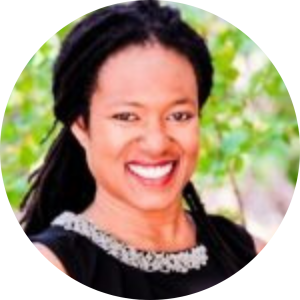
Keira Grant (she/her) Inclusion and Engagement Lead – Racialized Communities
Keira brings a wealth of experience to the Online Community Moderator role. She is a Queer, Black woman with a twenty-year track record in Equity, Diversity, and Inclusion (EDI) education, projects, and community building initiatives.

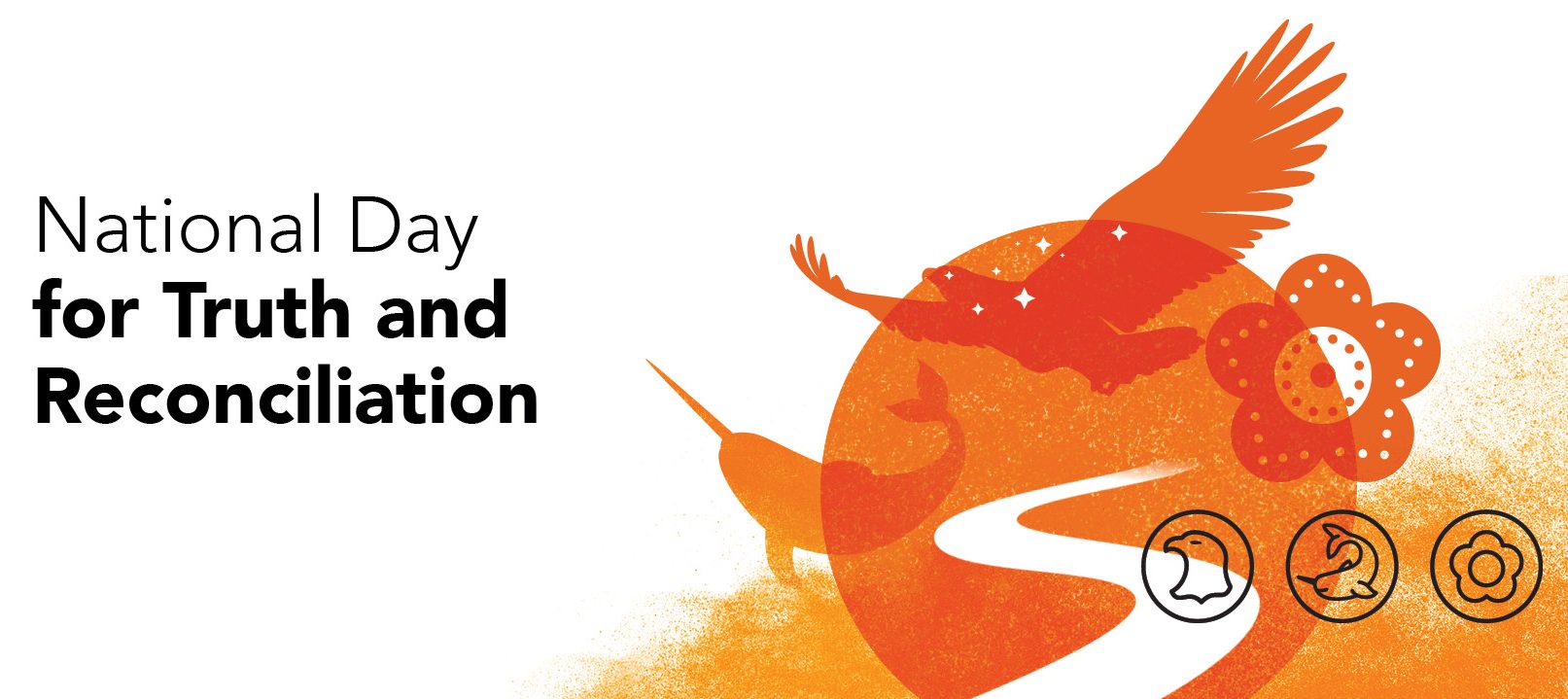
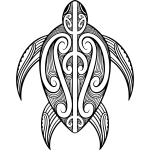

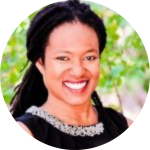

 Americans with Disabilities Act was passed in 1990. It is now observed around the world, including in Canada. It creates an opportunity to highlight the strengths and contributions of disabled people and dismantle limiting beliefs about the nature of disability.
Americans with Disabilities Act was passed in 1990. It is now observed around the world, including in Canada. It creates an opportunity to highlight the strengths and contributions of disabled people and dismantle limiting beliefs about the nature of disability. Encouraging people to take pride in their bodies and their ability to birth their babies is at the heart of our calling as doulas. Disabled people have so many reasons to feel proud of what their bodies have achieved. We can remind our clients that they have already come up with countless life hacks to get things done. These are all skills that they can transfer to the new situation of childbirth and infant care. We can let them know that we know that they’re a lot stronger than most people think they are. And where they are not strong, that’s okay, we’ve got their back if help is needed and wanted. We can be that person they remember as someone who didn’t make assumptions about what they could do, but asked questions instead.
Encouraging people to take pride in their bodies and their ability to birth their babies is at the heart of our calling as doulas. Disabled people have so many reasons to feel proud of what their bodies have achieved. We can remind our clients that they have already come up with countless life hacks to get things done. These are all skills that they can transfer to the new situation of childbirth and infant care. We can let them know that we know that they’re a lot stronger than most people think they are. And where they are not strong, that’s okay, we’ve got their back if help is needed and wanted. We can be that person they remember as someone who didn’t make assumptions about what they could do, but asked questions instead.
